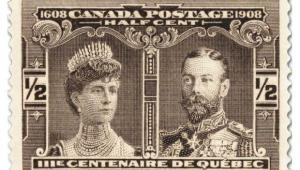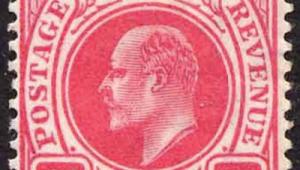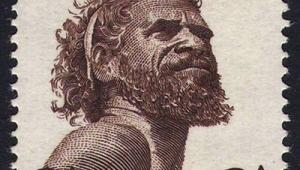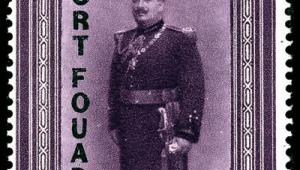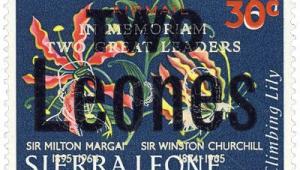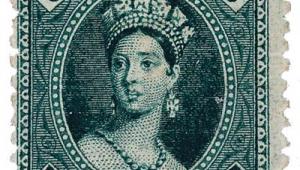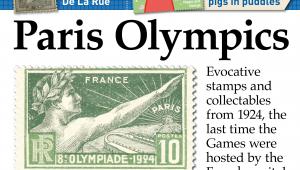Ceylon: Rubber stamped
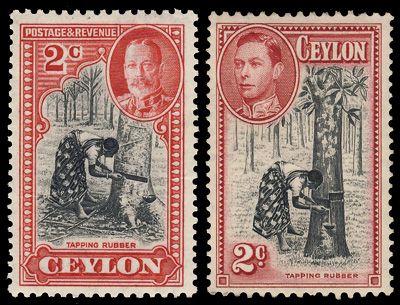
Did rubber tapping techniques really undergo radical change between 1935 and 1938?
Today more than 70% of natural rubber comes from Indonesia, Malaysia and Thailand. But in 1935 the British colony of Ceylon was a very important producer, and it was keen to reflect this in its pictorial definitive series of 1935-36.
Four of the 11 values were recess-printed by De La Rue, and the other seven by Bradbury Wilkinson. One of the De La Rue stamps, the 2c black and carmine, depicted rubber tapping.
Careful examination of the central vignette shows a female rubber tapper practising the contemporary technique of cutting a downward spiral into the bark, at an angle of about 30°, thereby allowing the latex to run by gravity along the channel into the collecting vessel.
Less than three weeks after the last denominations of this issue made their appearance, in January 1936, King George V died. Accordingly, the series was reissued in 1938, mostly using the same designs except with the portrait of King George VI in place of his father.
Inexplicably, however, changes had taken place at the rubber plantation. The tapper had neither aged nor even changed her costume, yet great technological changes seemed to have transformed her working methods.
There was no sign of the conventional tap. Instead, horizontal panels of bark had been removed in a step-like manner, which would, it appears, tend to cause the latex to overspill and down the outside of the bark.
Had new production methods been introduced within a three-year timeframe, after generations of using the traditional process? Did the designer at De La Rue have a greater insight into rural life in Ceylon in 1938 than he had in 1935? Did the worker tap into a more efficient supply of latex by trying an experimental approach?
We will probably never know.
